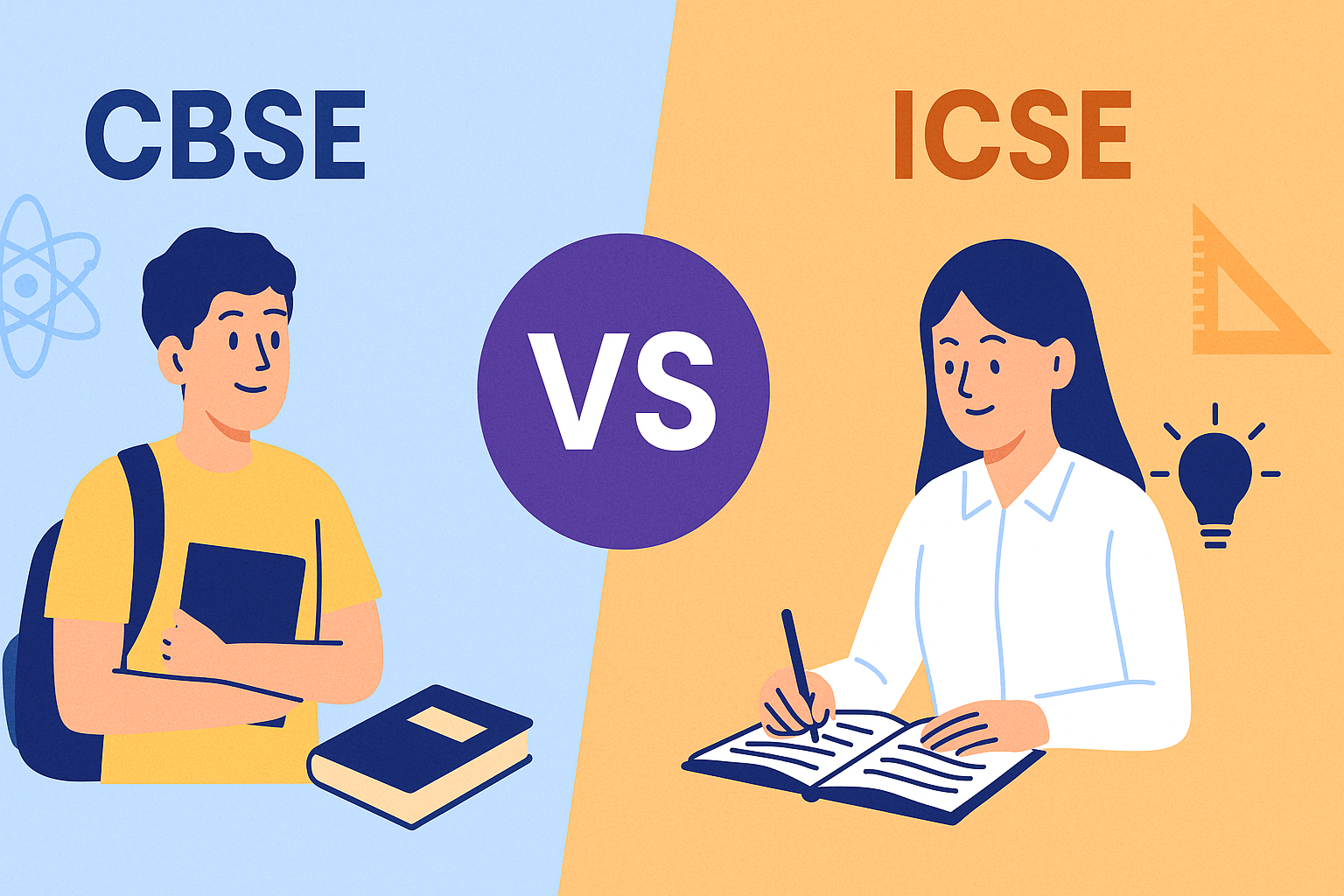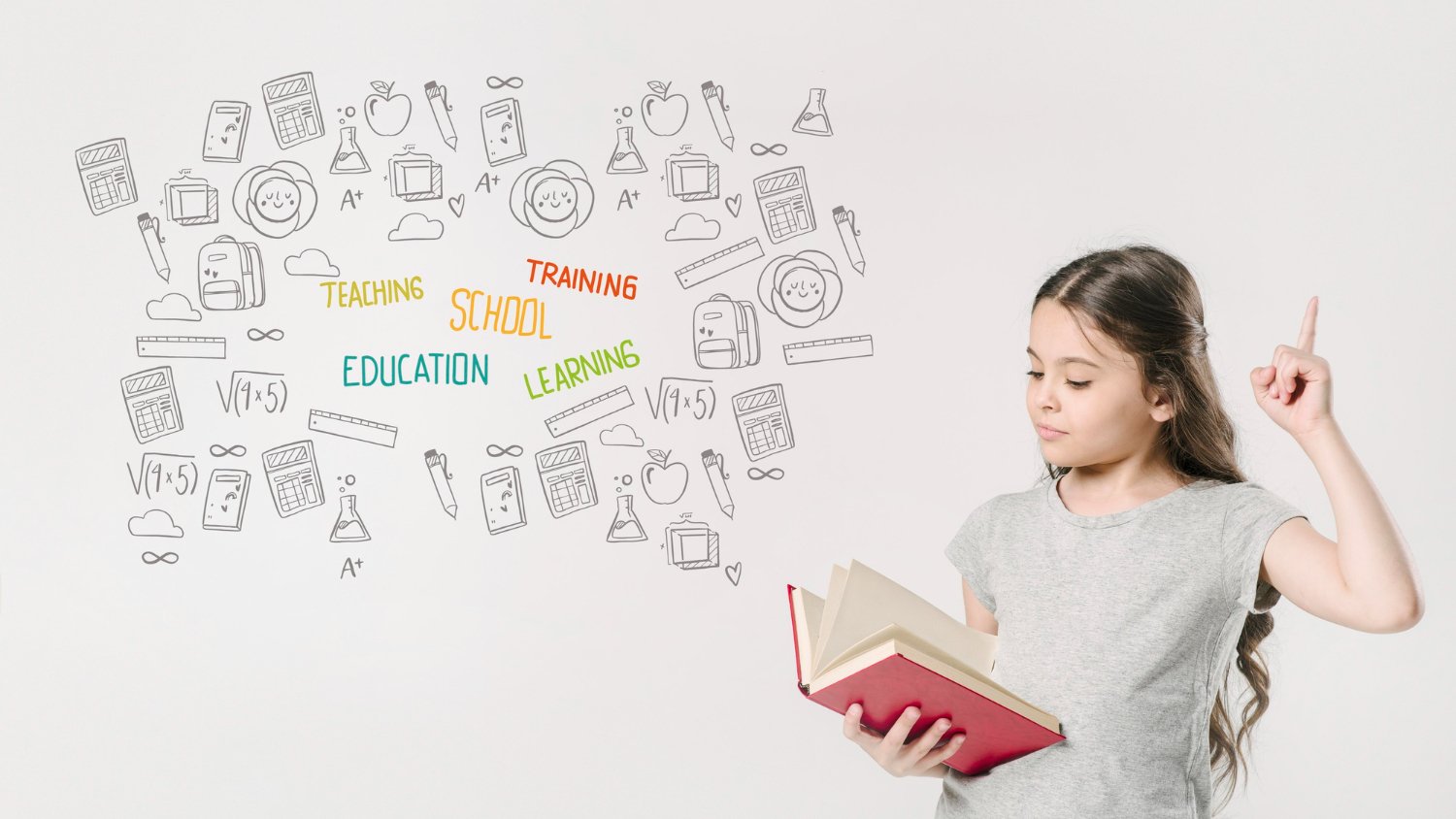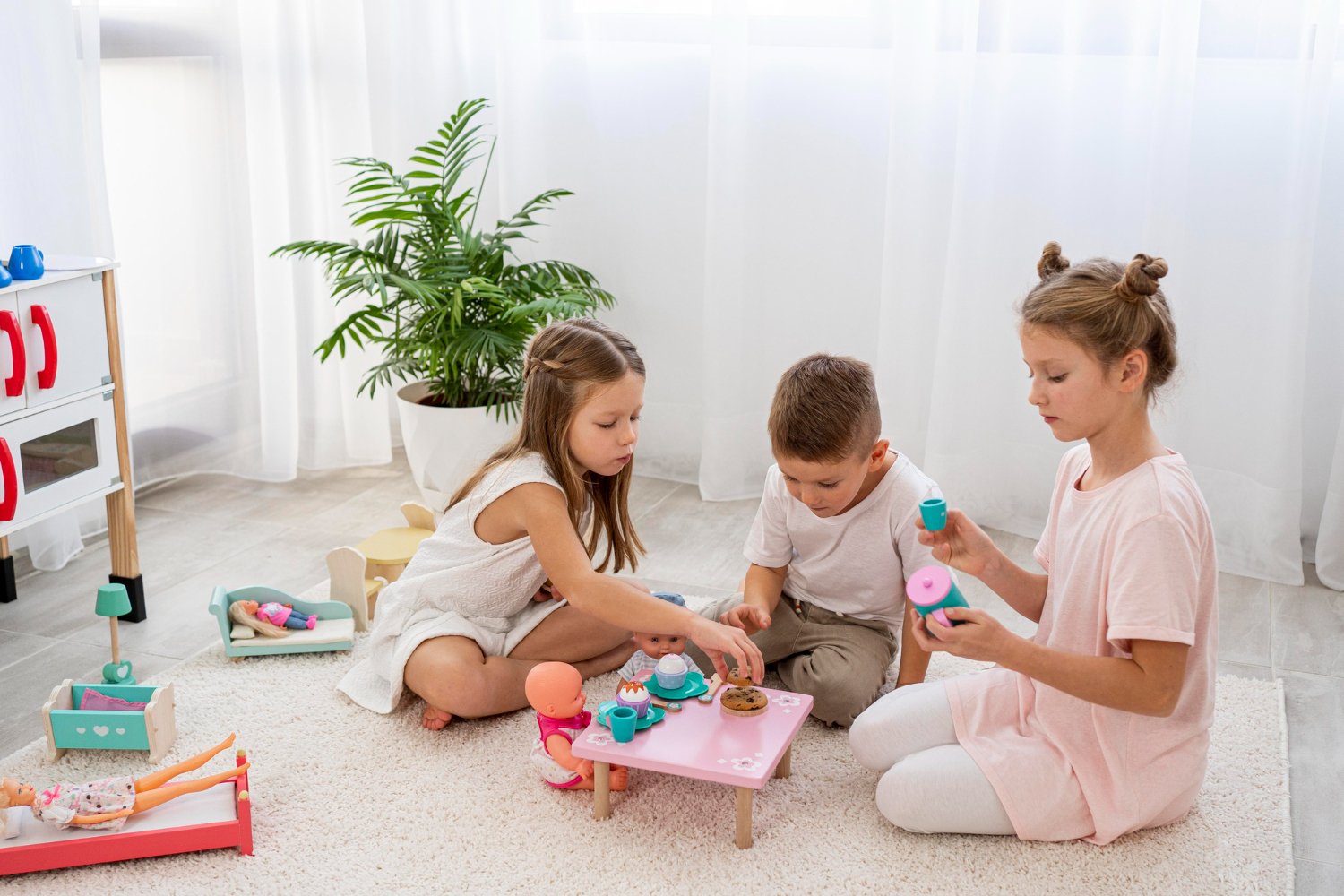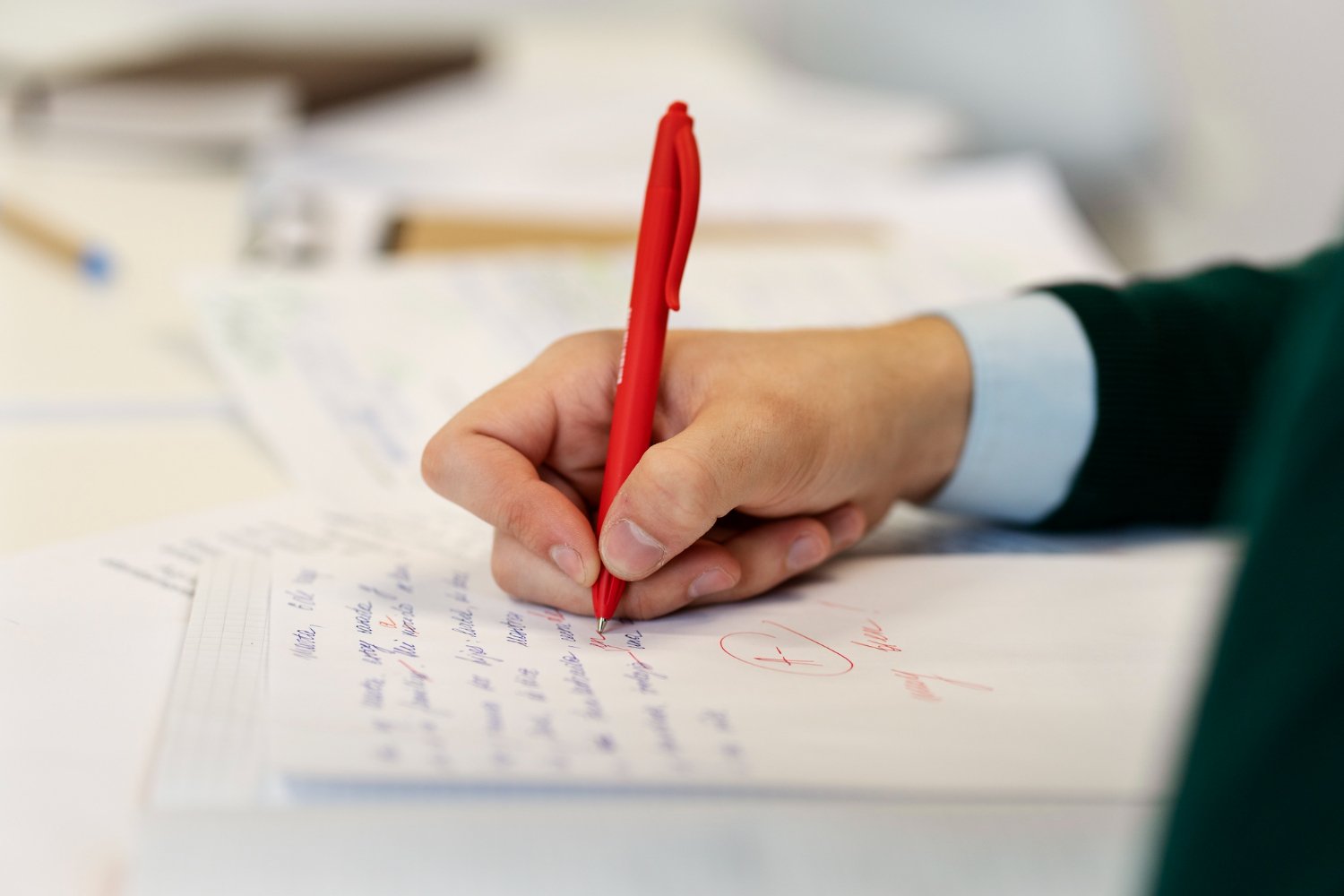A strong memory is essential for academic success. From remembering concepts in class to recalling information during exams, memory plays a critical role in how students learn and perform. Many parents often ask how to improve memory power in children without adding pressure or extra study hours. The good news is that memory can be strengthened with simple, consistent habits practiced daily.
Memory development is not about rote learning or forcing information into the brain. Instead, it involves healthy routines, effective learning techniques, and a supportive environment that allows students to process and retain information naturally. This blog explores practical, easy-to-follow strategies parents can use to help their children improve memory power and overall learning ability.
Why Memory Power Is Important for Students
Memory is the foundation of learning. When students can remember what they study, they feel more confident and motivated. Poor memory, on the other hand, can lead to frustration, anxiety, and a lack of interest in academics.
Benefits of Strong Memory Power
- Better understanding of concepts
- Improved exam performance
- Faster learning ability
- Increased confidence
- Reduced study-related stress
Students studying in structured academic environments, such as the top schools in gunjur, often benefit from routines that support memory development both inside and outside the classroom.
Understanding How Memory Works
Before exploring how to improve memory power, it helps to understand how memory functions. Memory involves three key stages:
- Encoding – Taking in new information
- Storage – Retaining information over time
- Retrieval – Recalling information when needed
Effective learning strategies strengthen all three stages, helping students retain information more efficiently.
Create a Healthy Daily Routine
A healthy lifestyle plays a major role in memory improvement. Parents should focus on building routines that support brain function.
Key Lifestyle Habits that Boost Memory
Adequate Sleep
Sleep is essential for memory consolidation. Students should get age-appropriate sleep every night to help the brain store new information.
Balanced Nutrition
Foods rich in nutrients support brain health:
- Fruits and vegetables
- Nuts and seeds
- Whole grains
- Milk and dairy products
Regular Physical Activity
Physical movement increases blood flow to the brain, improving concentration and memory retention.
Use Smart Study Techniques
Using the right study techniques is one of the most effective answers to how to improve memory power in students.
1. Break Information into Small Parts
Studying in smaller chunks helps the brain absorb information more easily.
2. Use Active Recall
Encourage students to test themselves rather than rereading notes. This strengthens memory retrieval.
3. Revise Regularly
Frequent revision helps move information from short-term to long-term memory.
4. Teach What You Learn
Explaining concepts to parents or siblings reinforces understanding and recall.
Schools such as the top schools in varthur often promote interactive learning methods that naturally strengthen memory skills.
Make Learning Visual and Engaging
Visual learning helps students remember information more effectively.
Visual Memory Techniques
- Mind maps and diagrams
- Flowcharts and tables
- Color-coded notes
- Flashcards
When students connect visuals with information, recall becomes faster and more accurate.
Encourage Focused Study Sessions
Distractions can weaken memory. Creating a focused study environment improves learning quality.
Tips for Better Focus
- Study in a quiet, clutter-free space
- Keep mobile phones away during study time
- Use short study intervals (30–40 minutes)
- Take short breaks between sessions
Focused learning helps the brain process information more deeply, improving memory power.
Practice Memory-Boosting Activities
Fun activities can significantly enhance memory while keeping learning enjoyable.
Memory-Enhancing Activities
- Puzzles and brain games
- Word games and crosswords
- Storytelling and narration
- Matching games and quizzes
These activities stimulate the brain and improve attention and recall.
Encourage Reading and Storytelling
Reading improves vocabulary, comprehension, and memory. When students read regularly, they learn to connect ideas and remember details.
How Parents Can Support Reading
- Encourage daily reading habits
- Discuss stories and ask questions
- Ask children to retell stories in their own words
Such practices strengthen comprehension and recall abilities.
Reduce Stress and Anxiety
Stress negatively affects memory. Students who feel anxious often struggle to remember information during exams.
Ways to Reduce Stress
- Maintain realistic expectations
- Encourage relaxation techniques
- Ensure time for hobbies and play
- Avoid excessive pressure
A calm mind retains information better and recalls it more effectively.
Use Real-Life Connections to Improve Memory
Linking academic concepts to real-life experiences helps students remember better.
Examples
- Using daily activities to explain math concepts
- Connecting science lessons to nature
- Relating history topics to stories
Learning becomes meaningful and memorable when students understand relevance.
Limit Multitasking
Multitasking reduces attention and weakens memory. Encourage students to focus on one task at a time.
Benefits of Single-Task Learning
- Better understanding
- Improved retention
- Reduced errors
- Faster learning
Teaching students to focus deeply enhances their memory power over time.
Role of Parents in Improving Memory Power
Parents play a crucial role in supporting memory development. A positive and encouraging approach makes a big difference.
How Parents Can Help
- Create consistent routines
- Encourage healthy habits
- Praise effort, not just results
- Be patient and supportive
- Avoid comparisons
Early learning environments, such as a preschool in whitefield, also focus on building foundational memory skills through play-based and interactive methods.
Conclusion
Learning how to improve memory power does not require complex techniques or intense study schedules. Simple daily habits—such as healthy routines, smart study strategies, regular revision, and stress management—can significantly enhance memory and learning ability. With parental guidance, consistency, and encouragement, students can build strong memory skills that boost academic performance and confidence.
By focusing on balance rather than pressure, parents can help children enjoy learning and retain information more effectively for the long term.
Frequently Asked Questions (FAQs)
1. How can students improve memory power naturally?
Students can improve memory power through proper sleep, healthy food, regular revision, and focused study habits.
2. How long does it take to see improvement in memory?
With consistent practice, students may notice improvement within a few weeks.
3. Does physical activity help improve memory power?
Yes. Physical activity improves blood flow to the brain, which supports memory and concentration.
4. Can stress affect memory power in students?
Yes. High stress and anxiety can reduce concentration and make recall difficult.
5. Is revision important for memory improvement?
Absolutely. Regular revision strengthens long-term memory and improves recall during exams.










